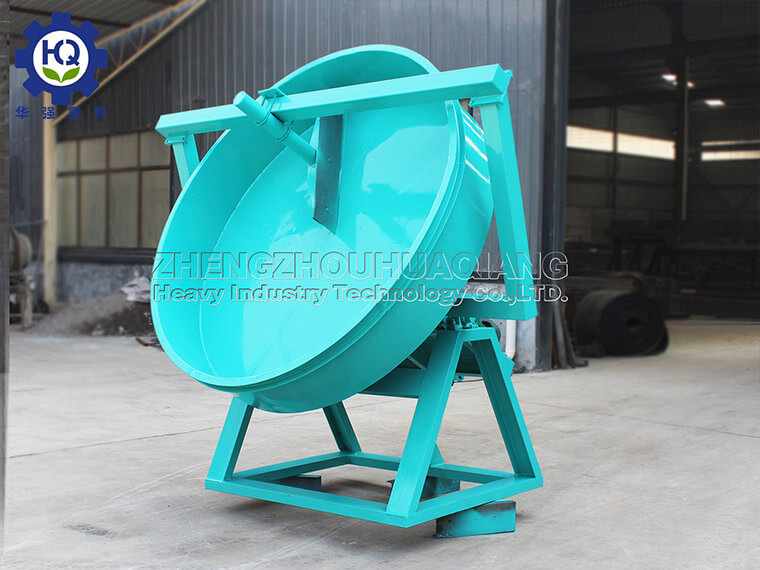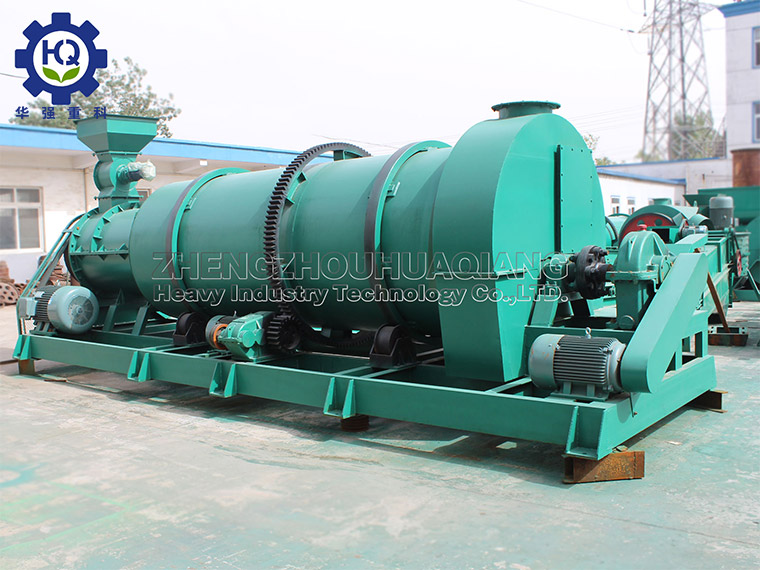Why are roller extrusion granulators commonly used in compound fertilizer production lines
The roller extrusion granulator is widely used in compound fertilizer production lines mainly because it has multiple unique advantages and can effectively meet the specific needs of compound fertilizer production. The following is an analysis of the reasons why roller extrusion granulators are popular in compound fertilizer production lines:
1. Flexible applicability of raw materials
The roller extrusion granulation machine can process various dry powder or slightly moist raw materials, including various chemical fertilizers such as urea, ammonium phosphate, potassium sulfate, etc. It can even directly process mixed raw materials, greatly expanding the range of raw material selection and increasing the flexibility and efficiency of the production line.
2. Powerful molding performance
By applying strong pressure to two relatively rotating pressure rollers, the counter roller extrusion granulator can compress loose powder raw materials into dense strips or blocks, and then divide them into uniform particles through a cutting knife. The physical changes under high pressure enhance the structural strength of the particles, resulting in higher compressive strength and better storage performance of the finished compound fertilizer.
3. Good particle quality and uniformity
The particles produced by the roller extrusion granulation mechanism have a smooth surface, regular shape, and consistent size, which is conducive to the uniform distribution of fertilizers and also facilitates packaging and transportation. In addition, this granulation method can ensure the uniform distribution of various components in the compound fertilizer, avoiding the problem of component segregation that may occur with traditional granulation techniques.
4. Characteristics of energy conservation and environmental protection
Compared to other granulation methods that rely on high-temperature melting or chemical reactions, the granulation process of the roller extrusion granulator requires almost no external energy heating, reducing energy consumption and CO2 emissions. Meanwhile, as the entire process is carried out in a closed environment, dust flying is effectively controlled, reducing the environmental burden.
5. Easy maintenance and stable operation
The structure of the roller extrusion granulator is simple, and the main components are easy to disassemble and replace. Daily cleaning and maintenance are relatively convenient. In addition, the equipment runs smoothly, has a low failure rate, and can operate continuously for a long time, ensuring the high efficiency and continuity of the compound fertilizer production line.
6. High degree of automation
Modern roller extrusion granulators often integrate advanced automation control systems, which can accurately regulate parameters such as pressure and speed, achieve optimized management of the production process, and improve the overall intelligence and production accuracy of the production line.
In summary, the roller extrusion granulator, with its excellent adaptability to raw materials, excellent molding effect, energy-saving and environmental protection characteristics, and stable operating performance, occupies an irreplaceable position in the production line of compound fertilizers and has become one of the key technical equipment in modern compound fertilizer production.


.jpg)
.jpg)


.jpg)

